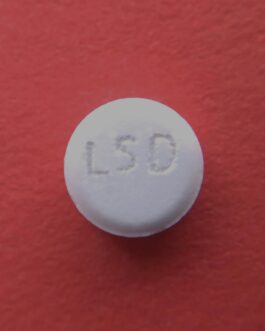Psychedelic
psychedelic generally refers to substances, experiences, or art that are associated with altered states of consciousness, often characterized by vivid imagery, enhanced sensory perception, and profound emotional experiences. Here are a few contexts in which the term is commonly used:
- Psychedelic Substances: These are substances like LSD, psilocybin (found in magic mushrooms), DMT, and mescaline that can induce hallucinogenic effects. They have been the subject of both recreational use and research into their potential therapeutic benefits for mental health conditions.
- Psychedelic Art: This refers to a style of visual art that emerged in the 1960s, characterized by bright colors, surreal imagery, and intricate patterns. The art often seeks to evoke the experience of altered states of consciousness, and can be seen in posters, album covers, and various other media.
- Psychedelic Music: This genre emerged in the mid-1960s and is associated with a wide range of musical styles. It often incorporates unconventional sounds and structures to create an immersive experience, with bands like The Beatles, Pink Floyd, and Jefferson Airplane being influential figures in this genre.
- Psychedelic Therapy: Recent research has revived interest in the therapeutic potential of psychedelic substances for treating conditions such as PTSD, depression, and anxiety. Studies have explored how these substances, when used in controlled environments, can lead to significant psychological breakthroughs.
- Psychedelic Culture: This encompasses the social and cultural movements associated with the use of psychedelics, particularly in the 1960s and 70s. It includes aspects of counterculture, spirituality, and the exploration of consciousness.
Showing all 10 results
-
Buy Cheap 2C-B Online
$335.00 – $2,300.00 Select options This product has multiple variants. The options may be chosen on the product page -
Buy Cheap Methylone (Bk-MDMA) Online
$160.00 – $2,150.00 Select options This product has multiple variants. The options may be chosen on the product page -
Buy Cheap Pentylone Online
$200.00 – $3,300.00 Select options This product has multiple variants. The options may be chosen on the product page -
Buy MDAI Online
$400.00 – $7,000.00 Select options This product has multiple variants. The options may be chosen on the product page -
Buy Psychedelic Mushrooms Online
$125.00 – $2,100.00 Select options This product has multiple variants. The options may be chosen on the product page -
Buy Quality 2C-I Online
$400.00 – $9,400.00 Select options This product has multiple variants. The options may be chosen on the product page -
Buy Quality 6-APB ( Benzo fury)
$200.00 – $3,200.00 Select options This product has multiple variants. The options may be chosen on the product page -
Buy Quality DMT Online (Dimethyltryptamine)
$230.00 – $2,250.00 Select options This product has multiple variants. The options may be chosen on the product page -
LSD
$185.00 – $7,500.00 Select options This product has multiple variants. The options may be chosen on the product page










